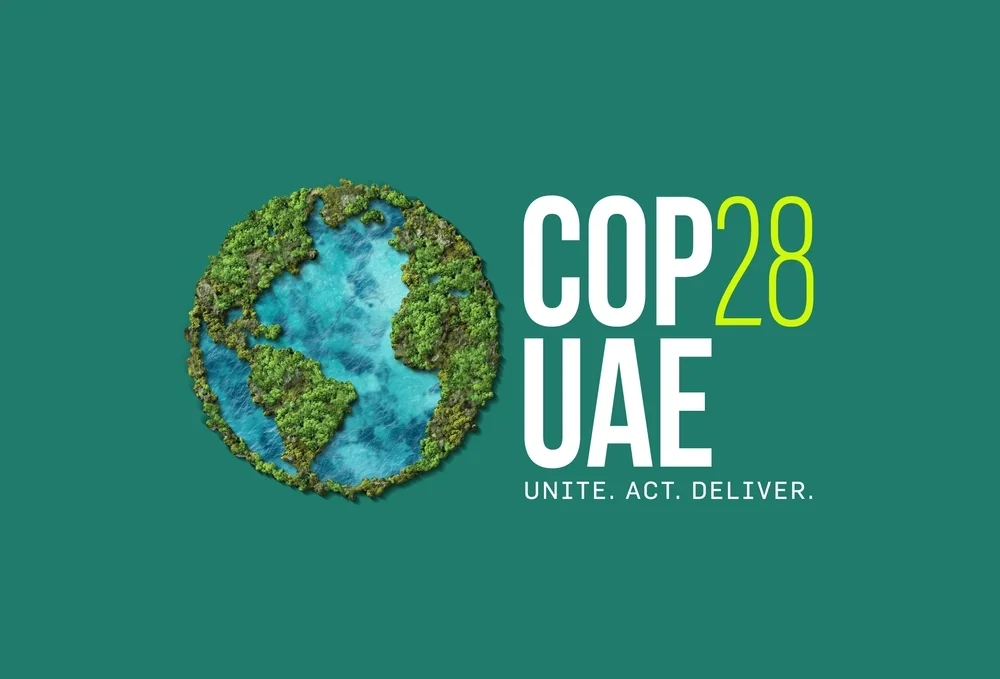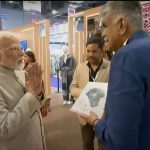
The COP28 climate summit, held in Dubai, has further underlined the global urgency to address climate change, placing sustainability at the forefront of every industry’s agenda. For India’s textile industry—a vital sector contributing significantly to the country’s economy and employment—this marks a pivotal moment. With global buyers and markets increasingly prioritizing eco-friendly practices, the industry is compelled to adapt and innovate in alignment with climate goals.
This blog delves into how COP28’s directives are influencing India’s textile industry and the steps being taken to transition towards sustainable practices, green manufacturing, and Environmental, Social, and Governance (ESG) compliance.
The Role of the Textile Industry in India’s Economy
India’s textile industry accounts for approximately 2% of the country’s GDP and 12% of export earnings, making it a cornerstone of economic activity. It provides employment to over 45 million people directly and nearly 100 million indirectly. However, as the world shifts towards environmentally conscious production, the industry faces immense pressure to minimize its ecological footprint.
The sector’s environmental challenges include excessive water consumption, energy usage, and chemical waste discharge, which contribute to pollution and resource depletion. COP28 has amplified the call for responsible production, urging the textile industry to embrace sustainability as both a necessity and an opportunity.
COP28: Key Climate Goals Affecting the Textile Sector
At COP28, nations agreed to intensify efforts to limit global temperature rise to 1.5°C. This includes significant reductions in carbon emissions and promoting sustainable practices across industries.
For the textile sector, the key takeaways from COP28 are:
- Transitioning to renewable energy sources for manufacturing.
- Minimizing waste through circular economy principles.
- Reducing water usage and ensuring zero discharge of hazardous chemicals.
- Encouraging ESG compliance to meet international trade standards.
These goals directly impact India’s textile industry, as global buyers increasingly demand eco-friendly and ethically produced goods.
Adapting to Global Climate Goals: India’s Efforts
1. Green Manufacturing Practices
Indian textile manufacturers are adopting green manufacturing methods to reduce energy consumption and carbon emissions. Solar panels, energy-efficient machinery, and wastewater recycling systems are being introduced in factories. Initiatives like the Sustainable and Accelerated Adoption of Efficient Textile Technologies to Help Small Industries (SAATHI) scheme encourage energy efficiency in small-scale units.
2. Sustainable Raw Materials
The use of organic cotton, recycled fibers, and plant-based dyes is gaining momentum. Companies like Arvind Mills and Welspun are leading the charge in sourcing eco-friendly materials, catering to the growing demand for sustainable apparel from global markets.
3. ESG Compliance
Environmental, Social, and Governance (ESG) compliance has become a non-negotiable factor for international trade. Indian exporters are investing in sustainability audits, certifications, and training programs to meet ESG requirements. Labels like OEKO-TEX, GOTS (Global Organic Textile Standard), and Fairtrade are becoming standard across the industry.
4. Circular Economy Initiatives
The circular economy model is being embraced by forward-thinking textile companies in India. This includes recycling post-consumer garments, repurposing industrial waste, and designing durable, recyclable products. Textile recycling hubs, particularly in Tamil Nadu, are playing a vital role in reducing waste.
Challenges on the Path to Sustainability
While progress is evident, the transition to sustainable practices is not without challenges.
- High Costs: Implementing green technologies and sourcing sustainable materials can be cost-prohibitive, especially for small and medium enterprises (SMEs).
- Lack of Awareness: Many players in the sector remain unaware of the long-term benefits of sustainability.
- Infrastructure Gaps: Access to renewable energy, water treatment facilities, and recycling systems is still limited in many regions.
- Global Competition: Countries like Bangladesh and Vietnam, with established eco-friendly practices, present stiff competition for India in the global textile market.
Opportunities for Growth and Innovation
Despite these hurdles, COP28 has presented a significant opportunity for India’s textile sector to establish itself as a global leader in sustainable manufacturing.
Policy Support
The Indian government has launched initiatives like the PLI (Production-Linked Incentive) scheme for textiles, which includes incentives for sustainable production. Programs promoting renewable energy adoption and waste management infrastructure will further support the industry’s green transformation.
Tech Integration
Digital solutions and AI-driven tools can optimize resource usage and reduce waste. Technologies like blockchain ensure supply chain transparency, building trust among global buyers.
Collaborations and Certifications
Collaborations with global brands and adherence to international standards will help Indian manufacturers tap into premium markets. By meeting COP28-aligned goals, the industry can unlock significant export potential.
The Road Ahead
India’s textile industry stands at a critical juncture where sustainability is no longer optional—it is imperative. COP28 has underscored the urgency of climate action, pushing the sector to rethink traditional practices and innovate for the future.
By embracing green manufacturing, sustainable materials, and ESG compliance, Indian textile manufacturers can not only secure their position in the global market but also contribute meaningfully to environmental preservation. While challenges remain, a combination of policy support, industry collaboration, and technological innovation can pave the way for a greener, more prosperous future.
The global spotlight is on India, and the time to act is now. As the textile industry transforms in line with COP28’s directives, it has the potential to set a benchmark for sustainable and responsible production worldwide.





Leave a Reply